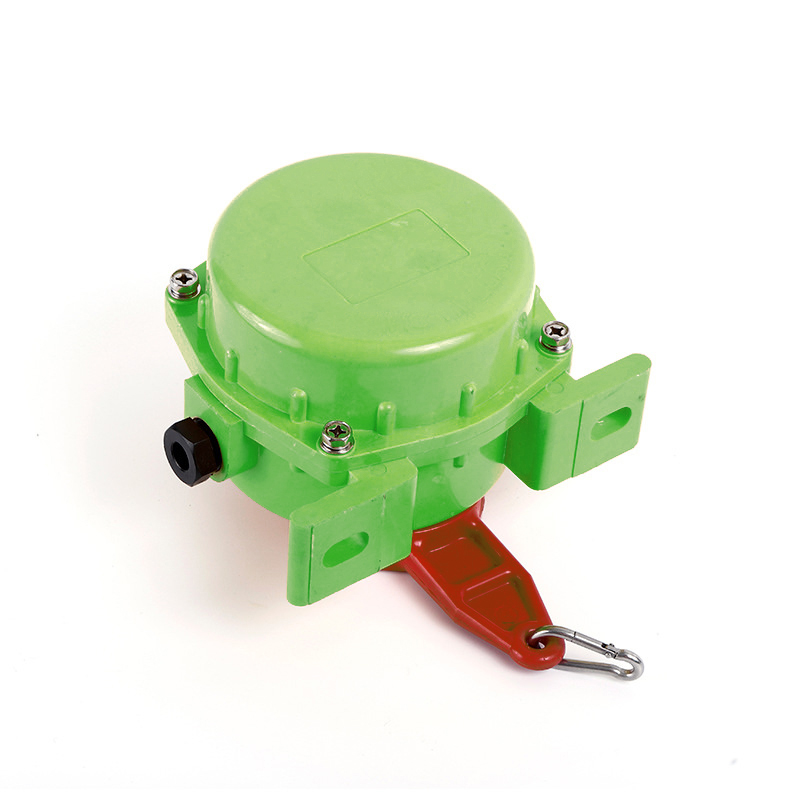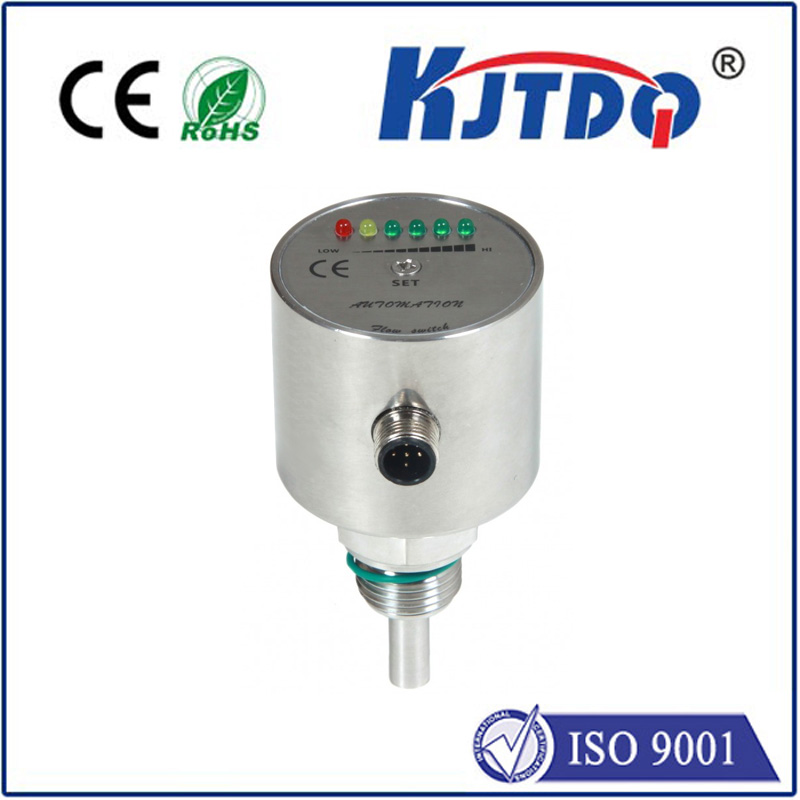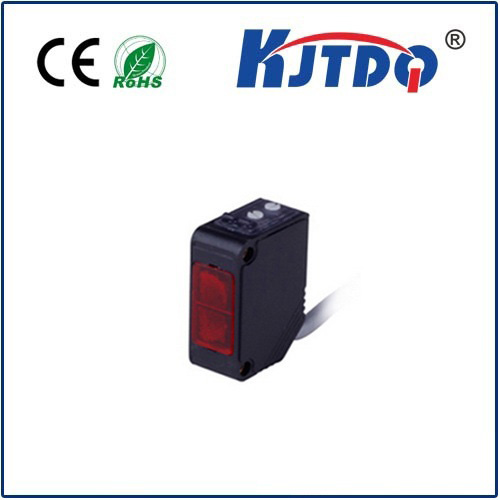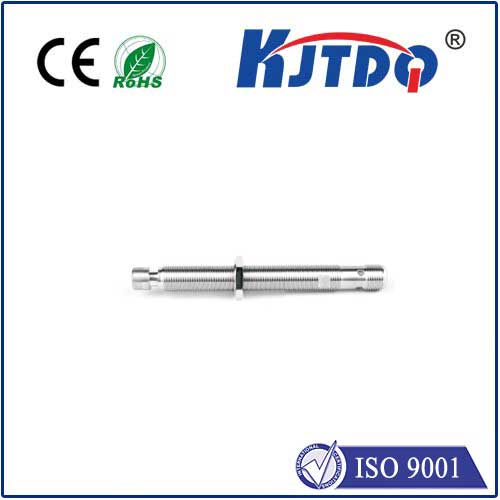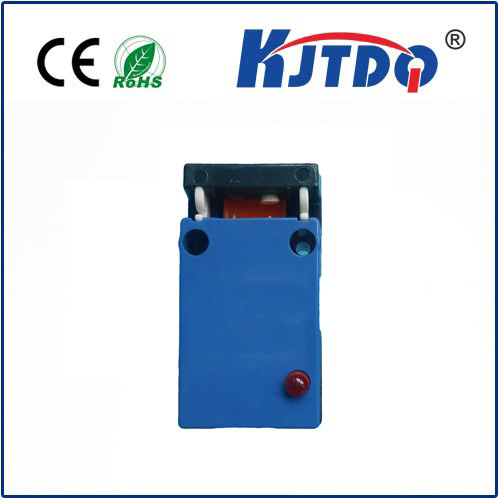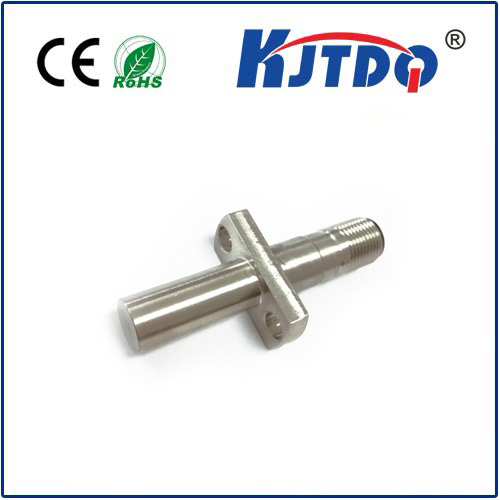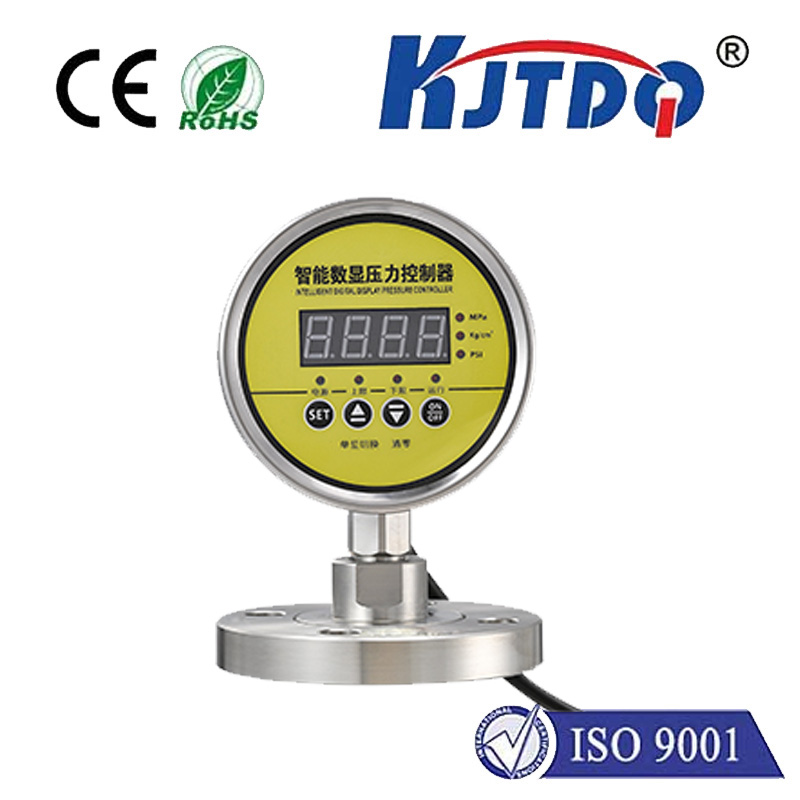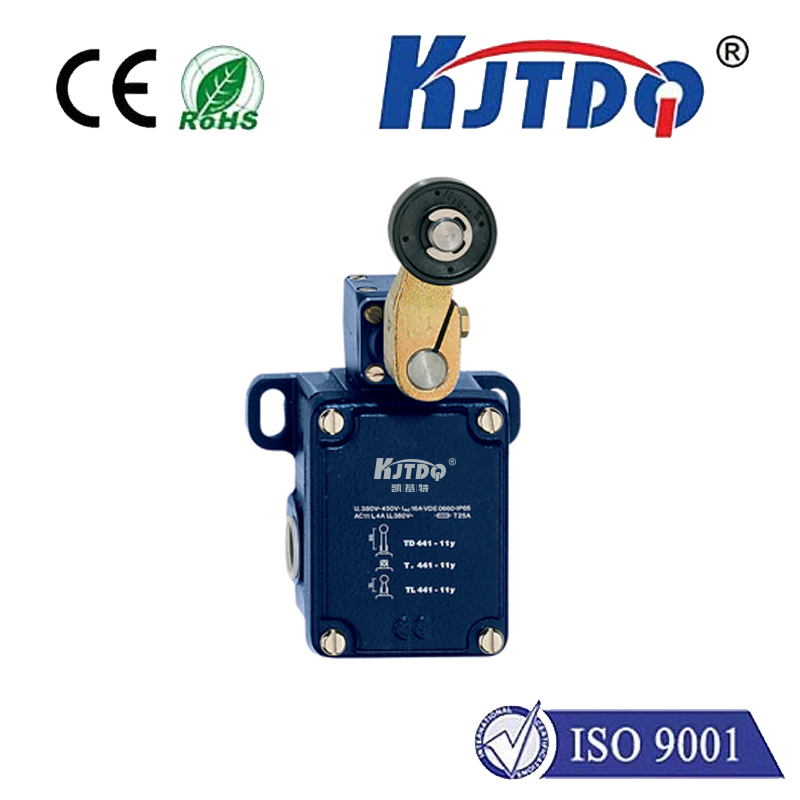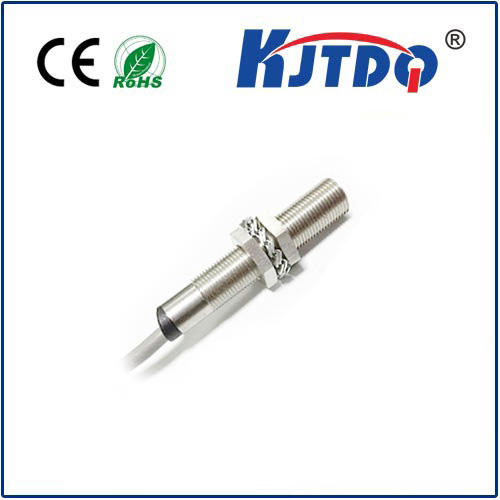
check

check

check

check
Title: Enhancing Automation with the E3Z-LL83 0.5M Photoelectric Sensor In today’s rapidly advancing technological landscape, photoelectric sensors have become indispensable tools in the realm of automation and control systems. Among the myriad of options available, the E3Z-LL83 0.5M photoelectric sensor stands out as a versatile and reliable solution for various industrial applications. This article delves into the features, benefits, and potential use cases of this innovative sensor, highlighting why it is a preferred choice for many professionals seeking precision and efficiency in their operations. Understanding the E3Z-LL83 0.5M Photoelectric Sensor The E3Z-LL83 0.5M photoelectric sensor is designed to detect objects within a specified range by emitting a light beam and monitoring its interruption or reflection. Its 0.5M detection range allows it to effectively sense objects at close proximity, making it suitable for tasks that require fine spatial resolution. The sensor’s compact size (E3Z) and robust construction ensure easy integration into diverse system designs without compromising on performance. Key Features and Benefits
Packaging Industry: For counting products on conveyor belts or ensuring correct placement before sealing packages.

Robotics & Automation: As part of robotic vision systems for precise positioning or object sorting tasks.
Automotive Manufacturing: Monitoring assembly line processes, detecting missing parts, or controlling lighting systems in vehicles.
Food & Beverage Processing: Ensuring product quality control by detecting foreign objects or verifying fill levels in containers.
Security Systems: Triggering alarms based on unauthorized access detection or monitoring perimeter security. Conclusion In conclusion, the E3Z-LL83 0.5M photoelectric sensor presents a compelling case for industries seeking to enhance their automation capabilities with a reliable, accurate, and versatile sensing solution. Its combination of high precision, compact design, adjustable modes, ease of use, durability, and broad compatibility positions it as a valuable asset in modern automation strategies. Whether aiming to improve production efficiency, ensure product quality, or bolster security measures, integrating this sensor can lead to significant operational advancements and competitive advantages in today’s dynamic business environment.

